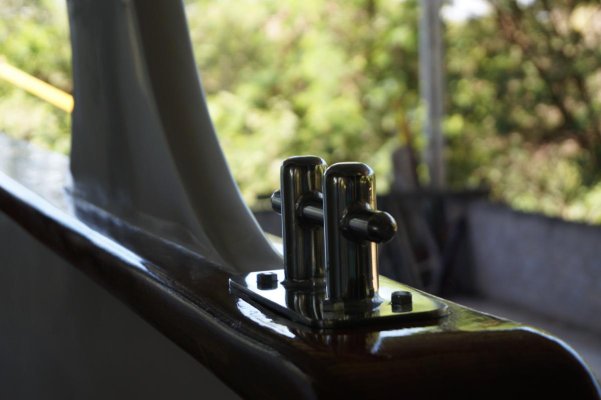.
Marin,
After all the wonderful things you've said about your wife I have very high reguard for her.
Well, any woman who can put up with the same man for more than ten years or so is pretty special, I think.
My wife is far more observant than I am, in the air, on the water, and on land. As such, and thanks to her Navy training way back when, she is a great navigator. She has an excellent sense of direction and can relate that to what she sees on a chart or map. I don't know that I've ever seen her not know where we are.
And she likes, or is willing, to work on the boats. Not just the wood finishing but plumbing, toilets, stoves, canvas, rebuilding windows, oil changes, painting, you name it, she'll pitch in.
Which, as every person with a spouse who enjoys participating in the same activities knows, makes doing what we do a whole lot more fun and rewarding.
I tend to get upset when something goes wrong. Being half French, I inherited from my father the French "glass half empty" outlook on life. So when something happens--- we have to shut an engine down underway or we discover a leak in a dinghy (our current challenge) or whatever-- I'm the one who gets upset and envisions the end of the world. My wife, on the other hand, keeps a level head and works on keeping us both focused on solving the problem. Once it's solved, THEN she gets upset.



